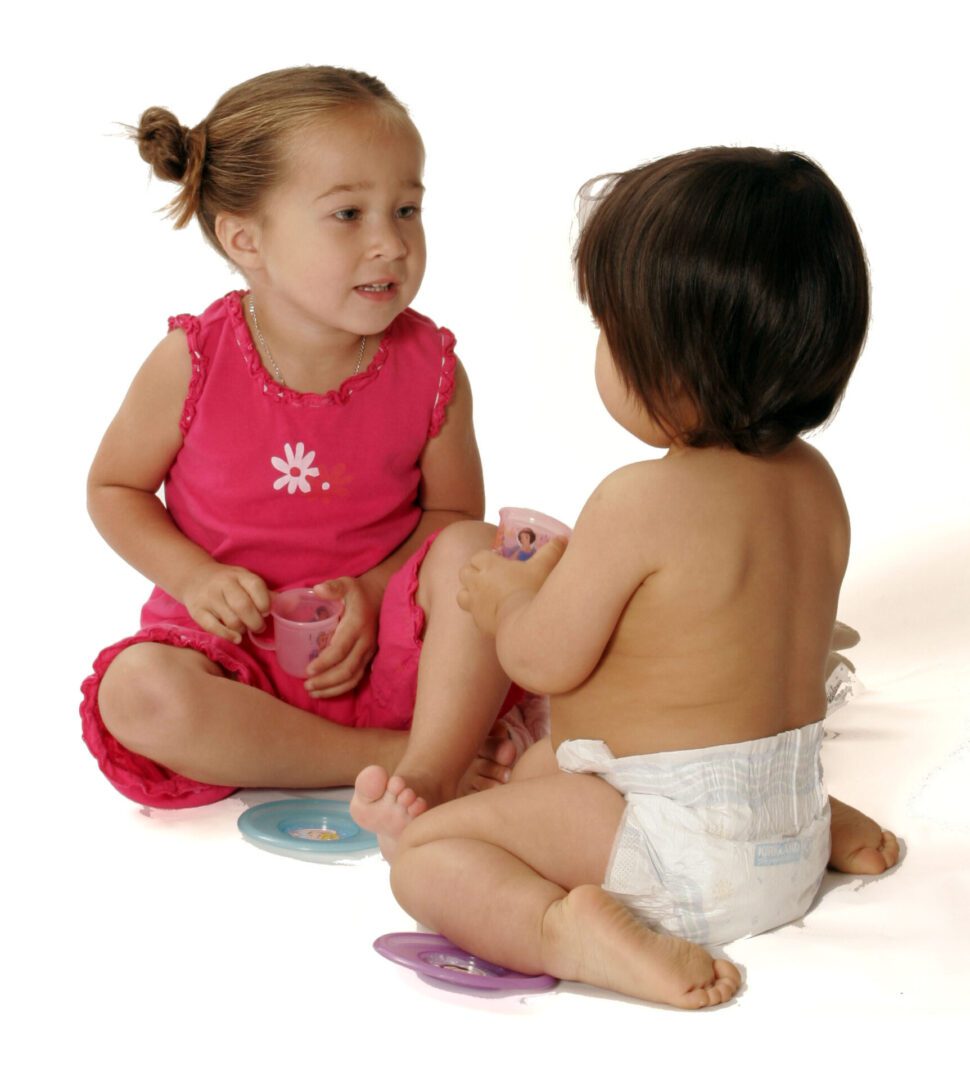
Using Infant Sign Language in Multilingual Classrooms
Classrooms today are increasingly diverse, with students coming from families that speak a variety of languages. This presents challenges for comprehension and communication, both for students learning English and for teachers trying to support the needs of multilingual students. One innovative solution that can help bridge these language gaps is using infant sign language.
Infant sign language is a tool that allows preverbal babies to express needs and ideas through simple gestures. Research shows signing with bilingual children makes it easier for them to grasp concepts and make connections between languages. When parents pair signed words with spoken words in both languages, it reinforces vocabulary and decreases confusion. Signing also benefits bilingual children in classroom settings. The signs provide a common language so that toddlers who are learning the family language can still make themselves understood. Just such a situation exists at the Center for Child and Family Studies at the University of California, Davis, where graduate students from all over the world routinely enroll their infants and toddlers. In the decades since the Baby Signs® Program was first introduced, teachers and parents alike have been amazed at how much more smoothly daily life in the classroom proceeds. The signs have enable children who speak different languages to communicate with their teachers and each other. In one case, for example, a toddler from Israel and a toddler from Taiwan were observed reading a picture book together—with the first girl turning the pages and pointing at objects while the second girl made the appropriate signs!

Sign language taps into visual and kinesthetic learning modalities to support verbal instruction. Making signs cements new vocabulary and concepts in memory by engaging the senses of sight, touch, and motion. This multisensory approach keeps diverse students engaged and makes lessons more dynamic. Signing key words also allows children going through a normal “silent period” of language acquisition to communicate despite limited English verbal skills. Their classmates and teachers can understand signed requests like “bathroom” or “drink” during this transitional stage.
Additionally, teaching signing to parents equips them to reinforce concepts at home, improving overall language development. When families and teachers use the same simple signs, it creates consistency between home and school. Children learning a second language face an enormous challenge. Using infant sign language in multilingual classrooms and households decreases confusion, bridges communication gaps, and makes conquering multiple languages a little easier.
When a baby hears “leche” from Mom and “milk” from Dad and both parents pair the word they say with the MILK sign, the parents are making the job of understanding the equivalence of the two words much easier. Far from increasing a child’s confusion, it decreases confusion, thereby making the child’s task of conquering the individual languages easier.

Visit www.babysigns.com for more information about Baby Signs® resources to help you and your baby enjoy all the benefits that signing can bring.
#bilingualeducation #multilingualclassroom #languagelearning #signlanguage #ASL #infantsignlanguage #ECE #earlychildhoodeducation #preschool #daycare #diversityineducation #inclusion #communication #languagedevelopment #prek #kindergarten #teachersofinstagram #kidsteachersfollow
